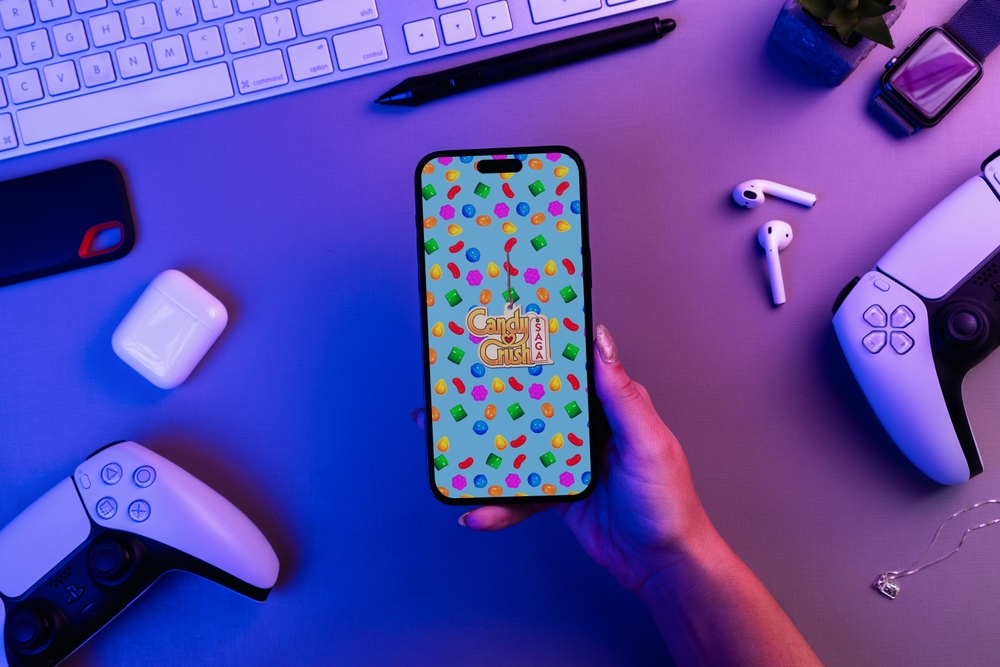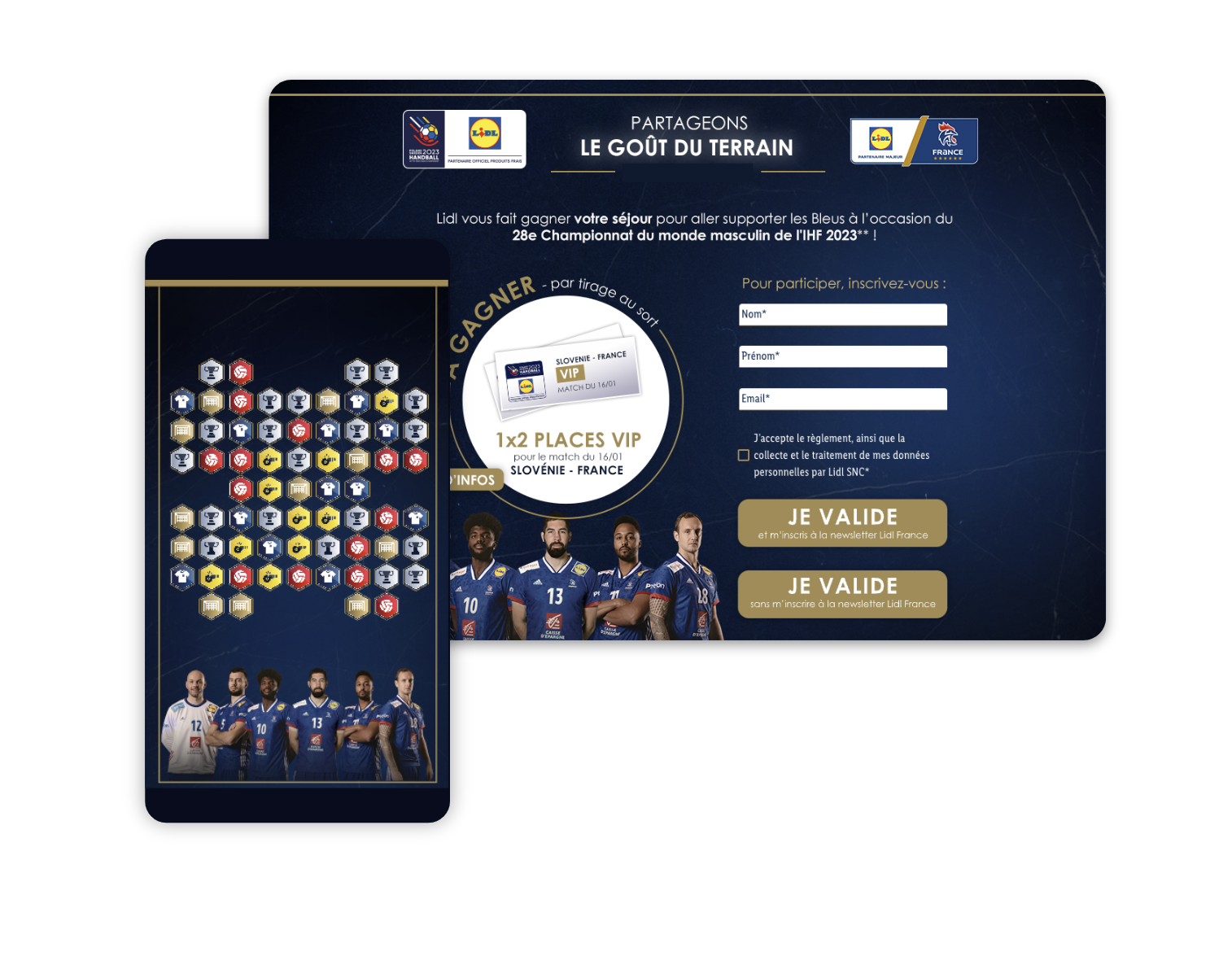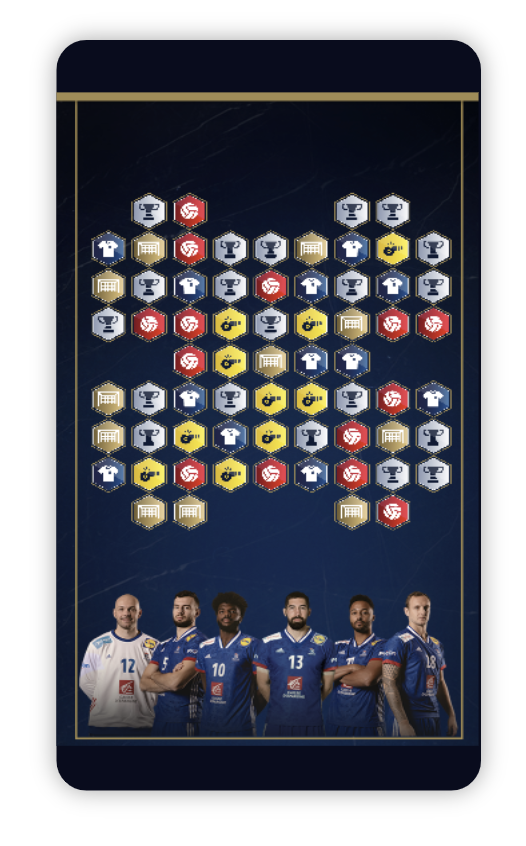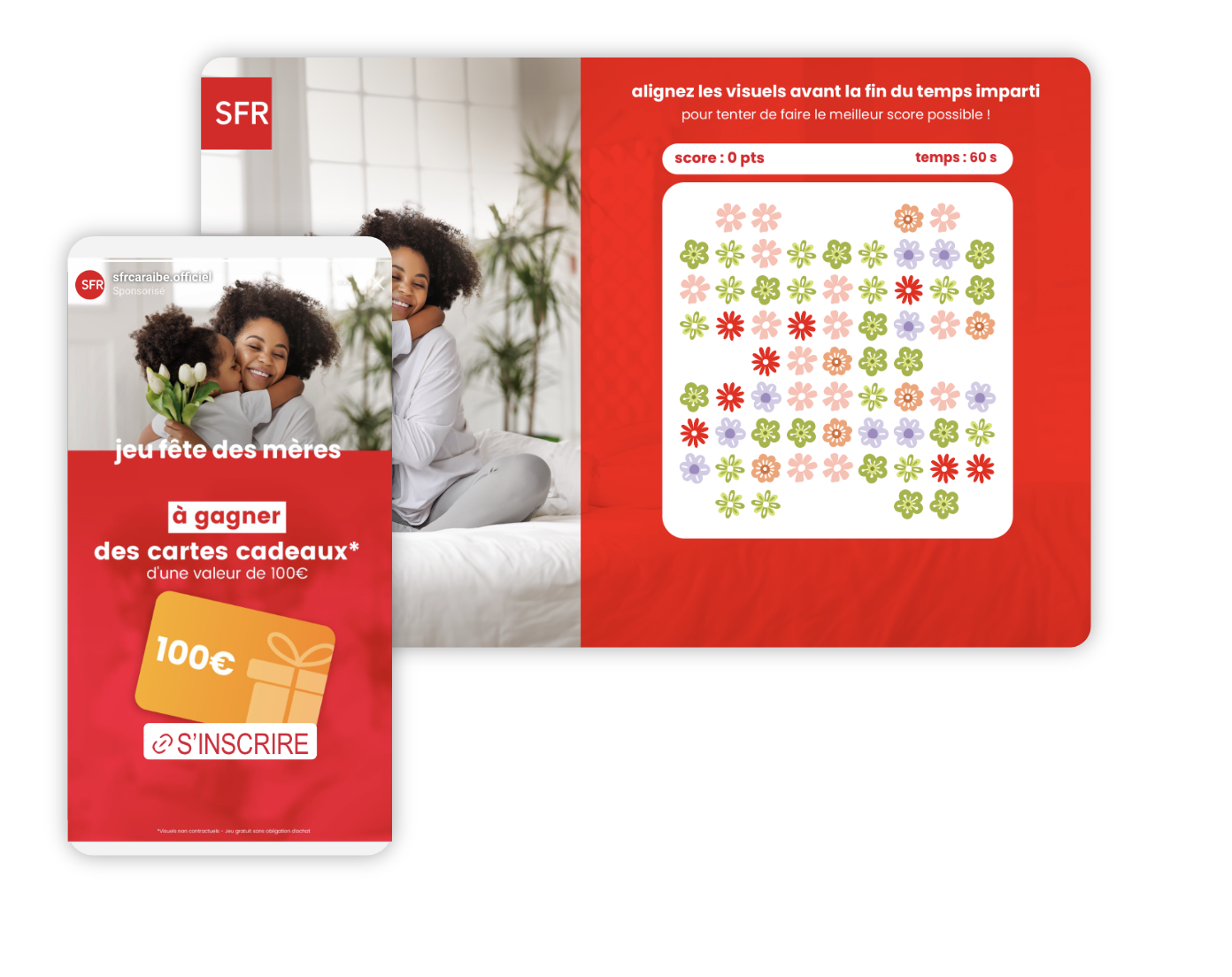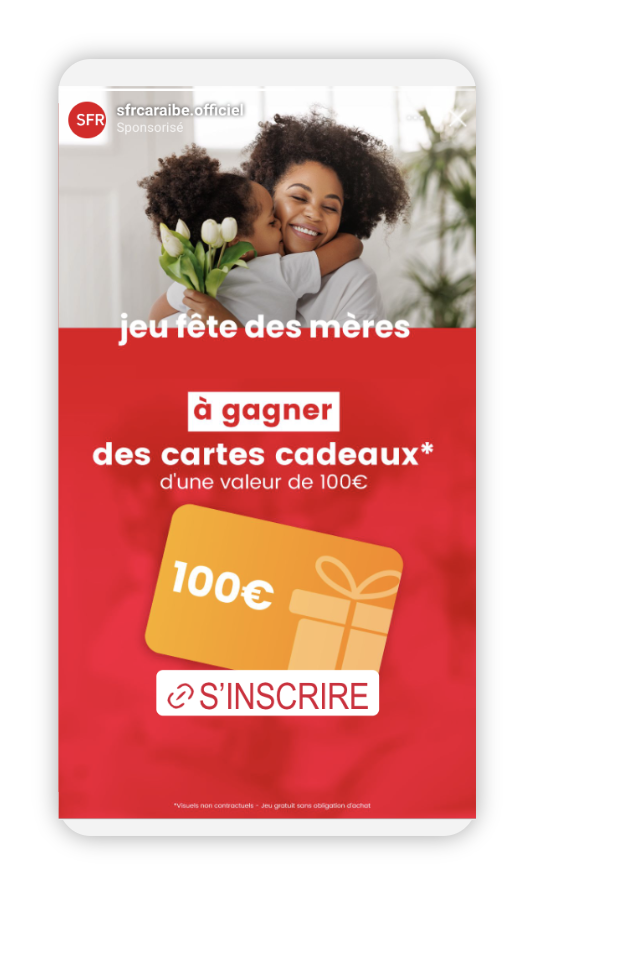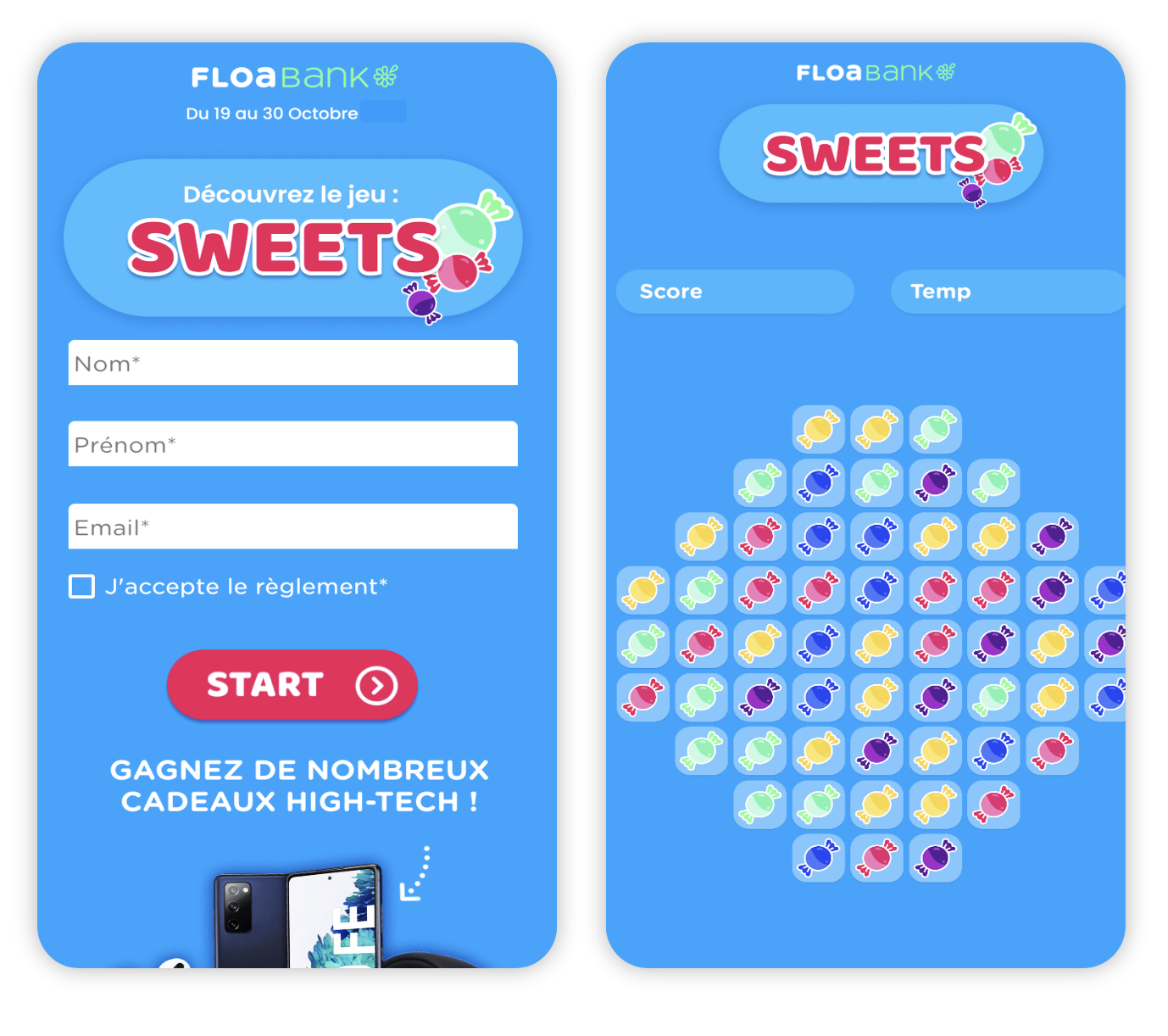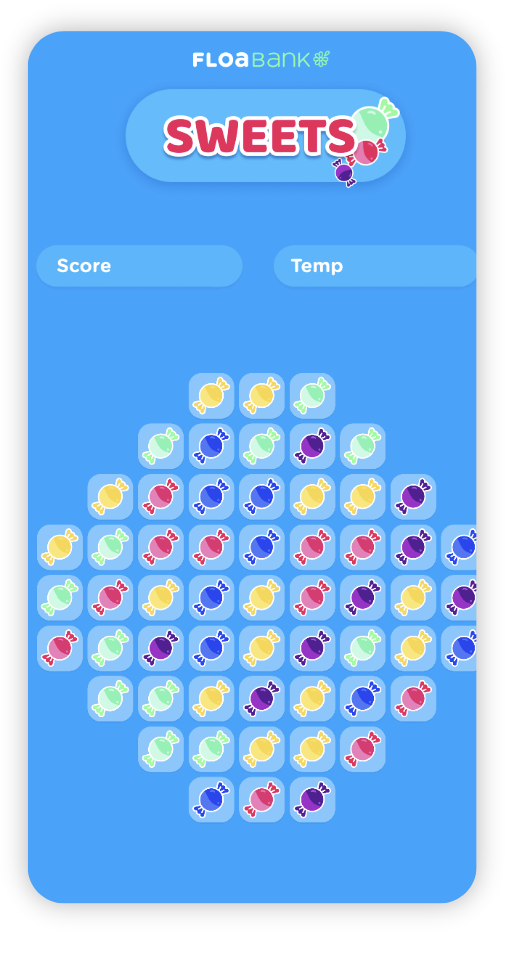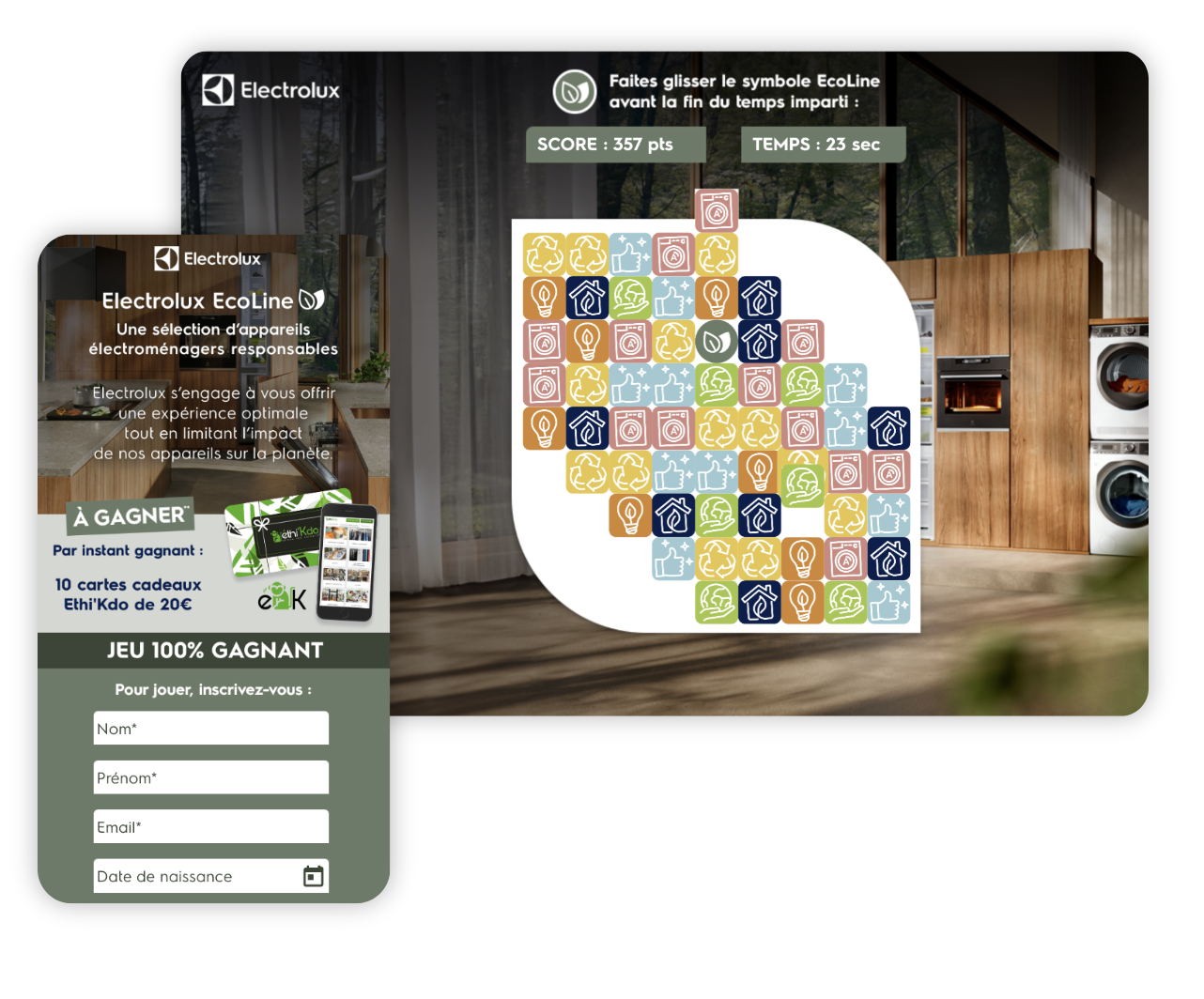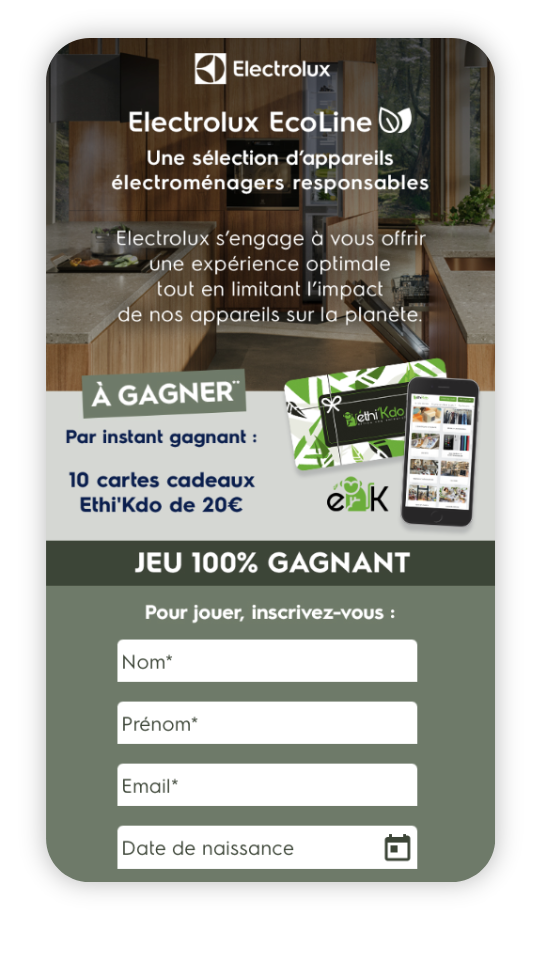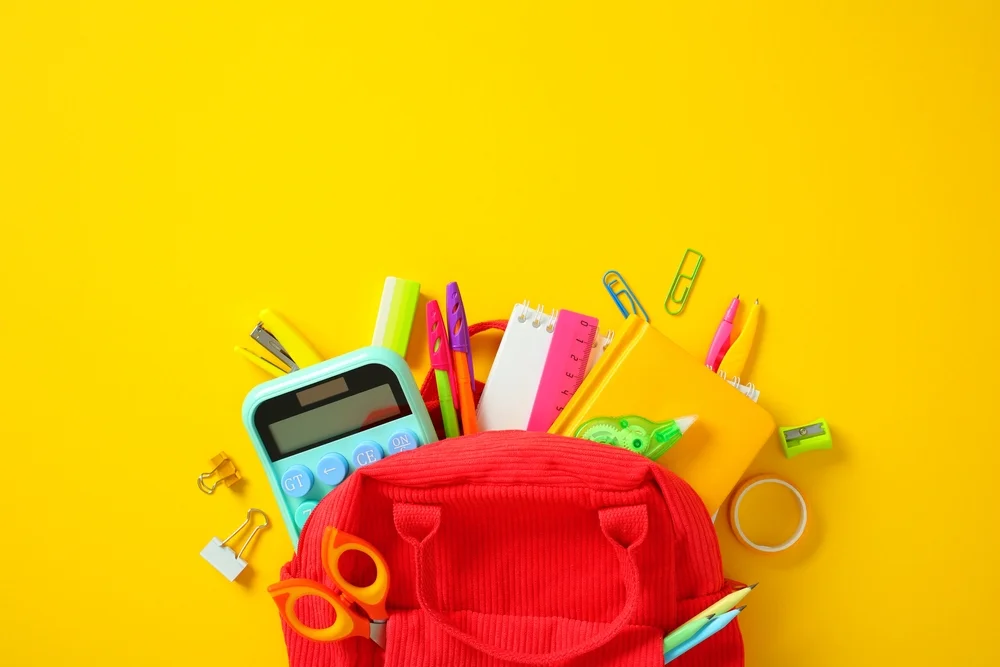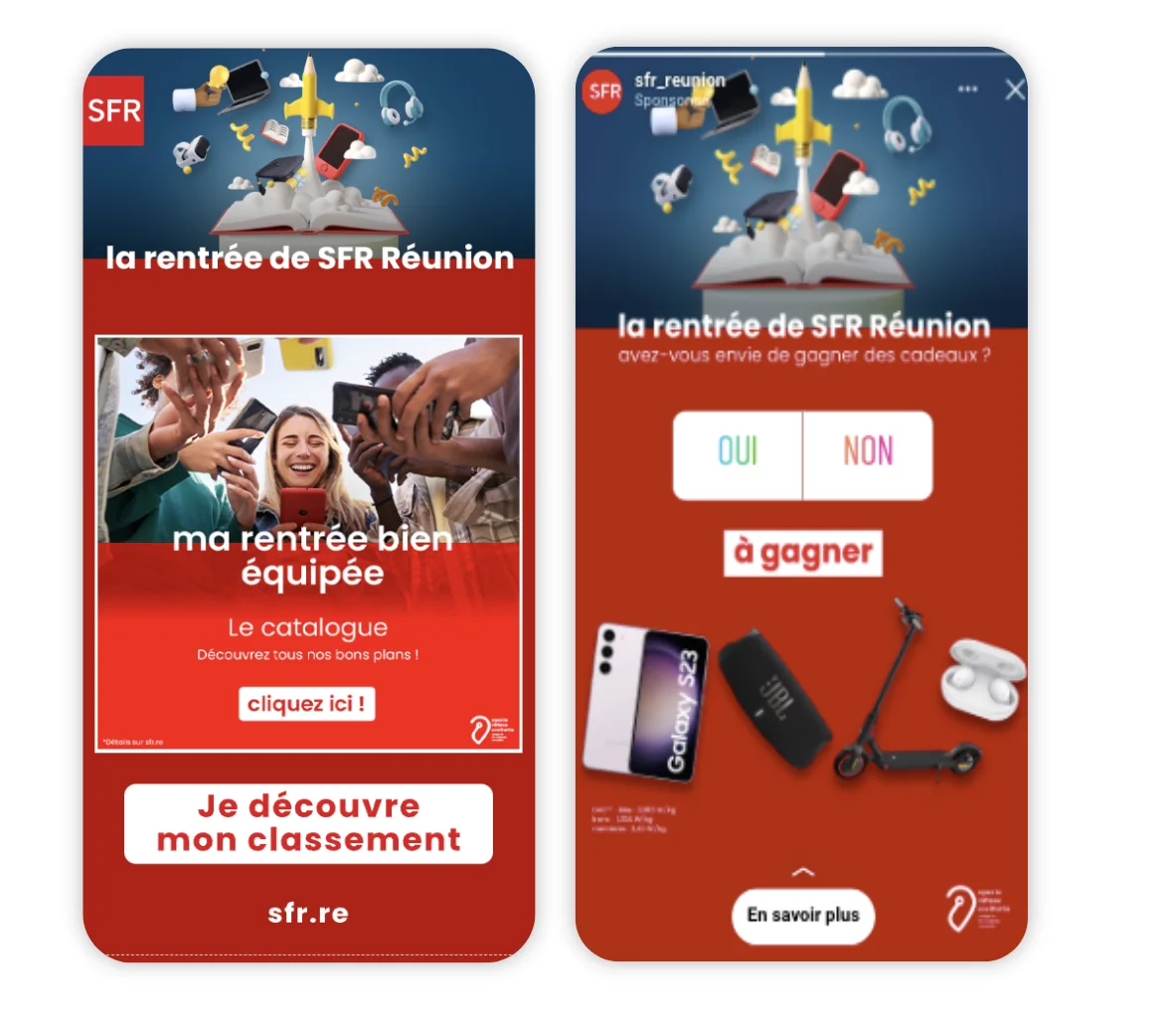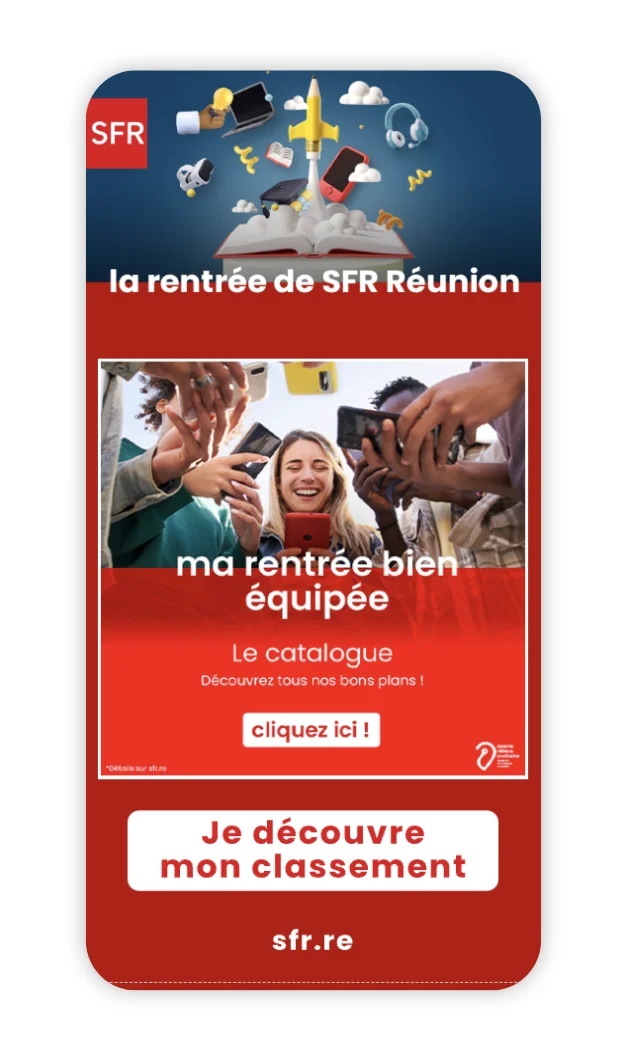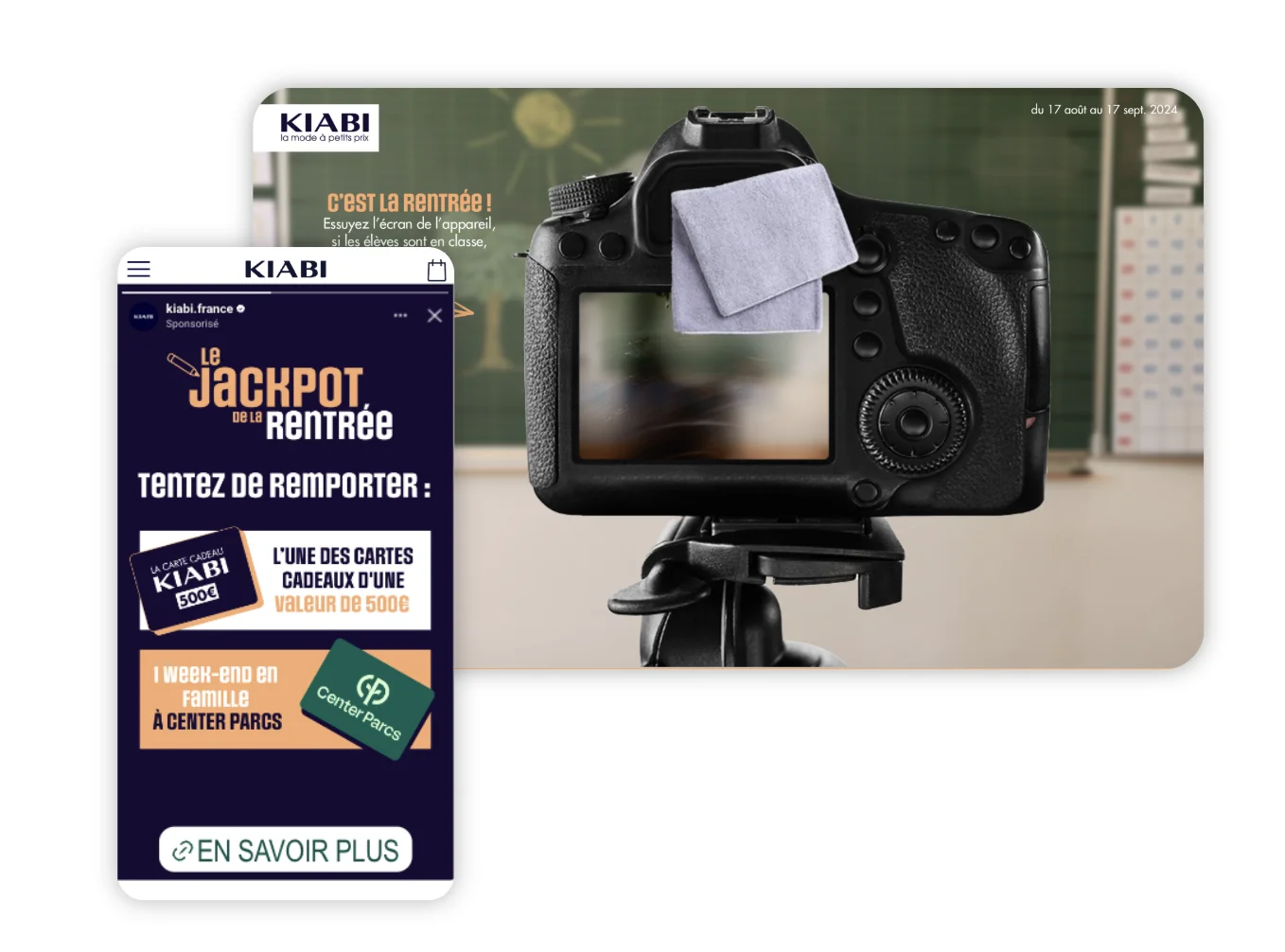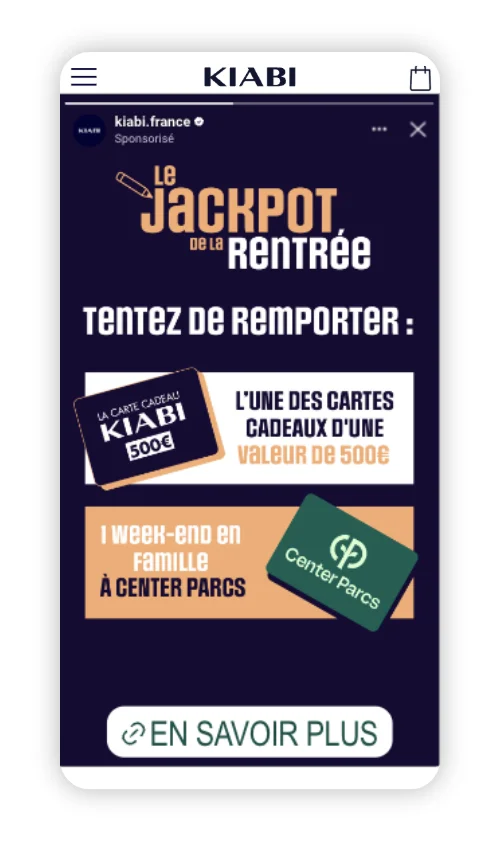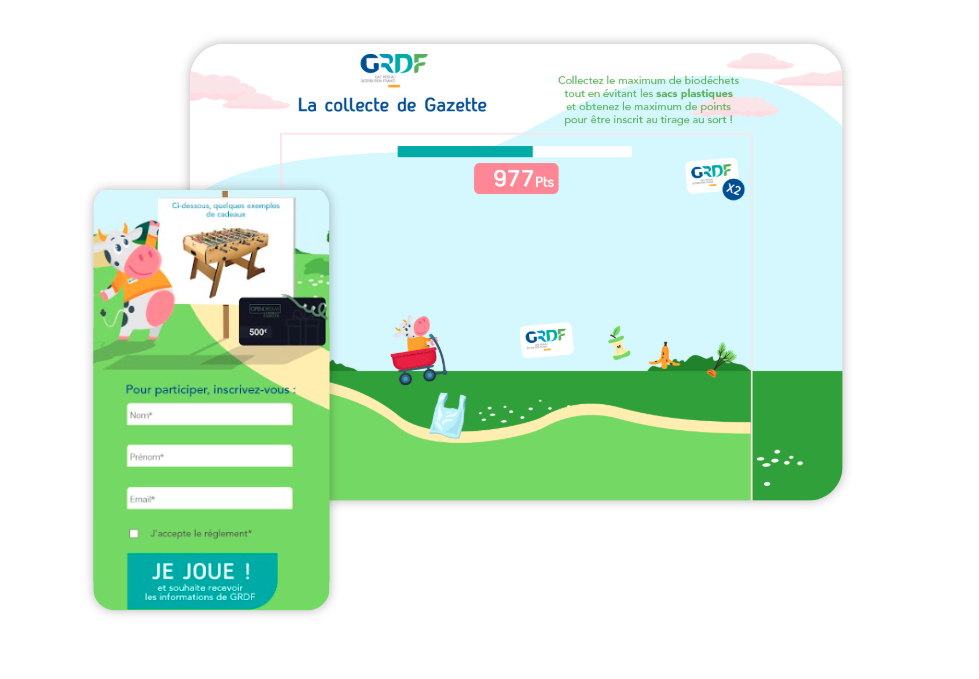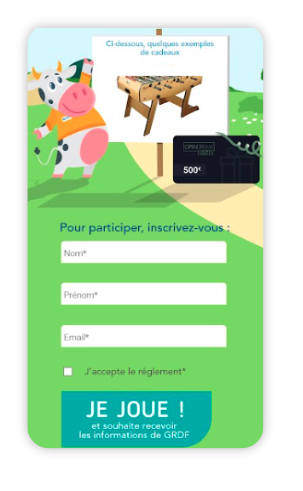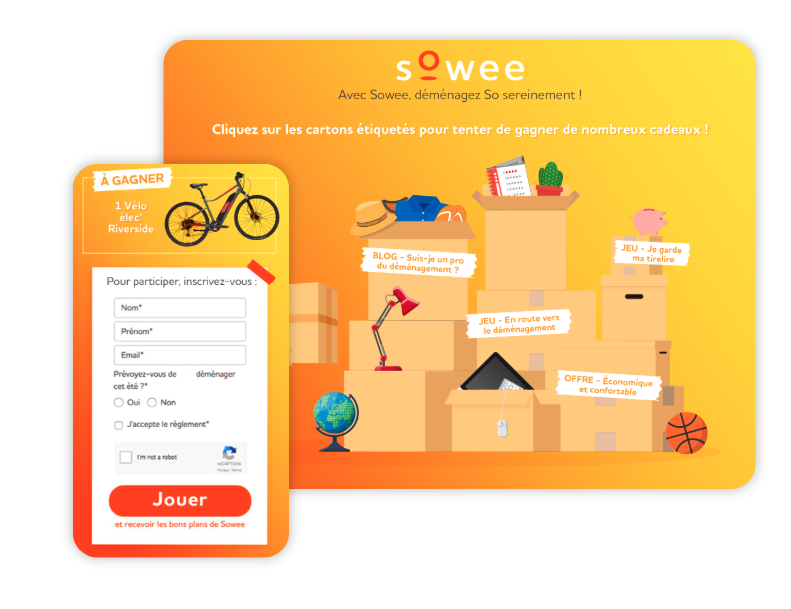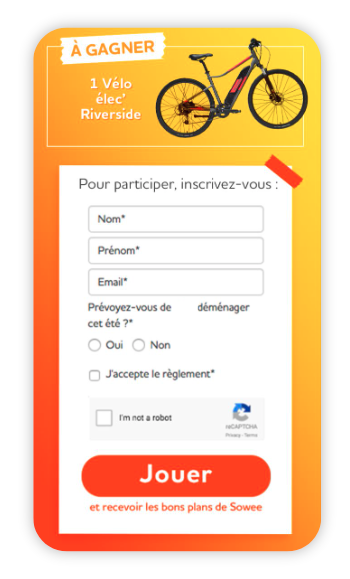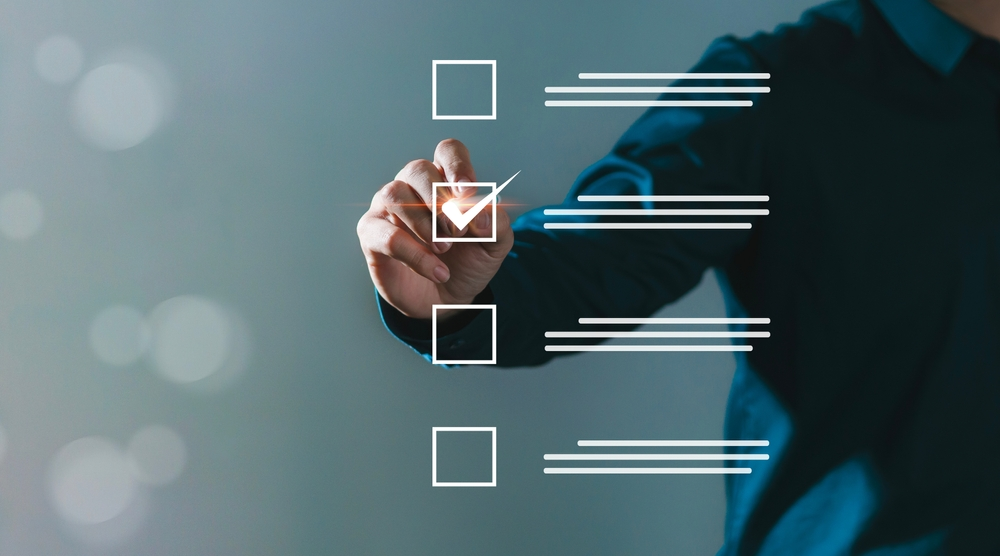
Create an online quiz to boost your digital marketing
It’s becoming increasingly complex for brands to capture and hold consumers’ attention. They need to innovate to stand out from the crowd and offer original marketing formats. Online quizzes are a great way to boost communication campaigns, generate qualified leads, promote your offer and convert new customers.
By combining interactivity and a study by Demand Metric, interactive content such as quizzes achieves a rate of engagement 2 times higher than that of static content.
In this article, we’ll look at the benefits of this format and how to integrate it into your marketing strategy. We’ll share some examples to inspire you, as well as the various steps to follow to create an interactive quiz.
The Quiz, an effective format for engaging and converting your audience
Everyone has already completed a Quiz. The format is popular because it’s so simple: all you have to do is answer the questions and get as many correct answers as possible.
Quizzes are a way of capturing the attention of your audience and offering marketing formats that can be identified by as many people as possible. It’s a mechanic that arouses users’ curiosity by challenging them to test their knowledge. It allows them to learn more about a subject and about themselves (via a psychoquiz or personality test).
The Quiz format opens up a wide range of possibilities for brands, depending on the audience or objectives to be targeted. They can propose a question each day (and integrate the mechanics into an Advent Calendar). Each correct answer is entered into a game (such as an Instant Win), with the possibility of winning attractive prizes.
The Quiz can be adapted to the company’s marketing calendar by focusing on :
- The company’s history (on the occasion of its anniversary, or for an in-house competition);
- His offer to showcase his products or services in an interactive way;
- A commercial highlight by testing its community’s knowledge of Easter via a Trivia game, or revealing the romantic profile via a Valentine’s Day Personality Test;
- Knowledge or skills for a
The Quiz is a format for engaging your audience and encouraging interaction with your community. By asking questions and offering attractive rewards, retailers arouse users’ curiosity and encourage them to share the Quiz. The company can collect data on its audience and adapt its strategy accordingly.
What are the marketing objectives of an online quiz?
Marketing Quizzes can be used at all stages of the customer journey to move prospects through the sales funnel and strengthen their relationship with the brand. Here are the strategic objectives that companies can aim to achieve by sharing an online Quiz and examples of campaigns.
Animate your audience and improve your branding
Fun and challenging, the Quiz is an excellent way to engage your brand community. By sharing questions about the company’s history and values, it can be a lever for strengthening branding and boosting brand awareness.
Example: for its 70th anniversary, Boulanger proposed an interactive quiz highlighting the brand’s universe and history. The operation was a great success, attracting a large number of participants. With a 95% success rate for the Quiz, this initiative mobilized a large audience. Reflecting users’ interest in the brand, over 18k clicks were made on the offers at the end of the game.
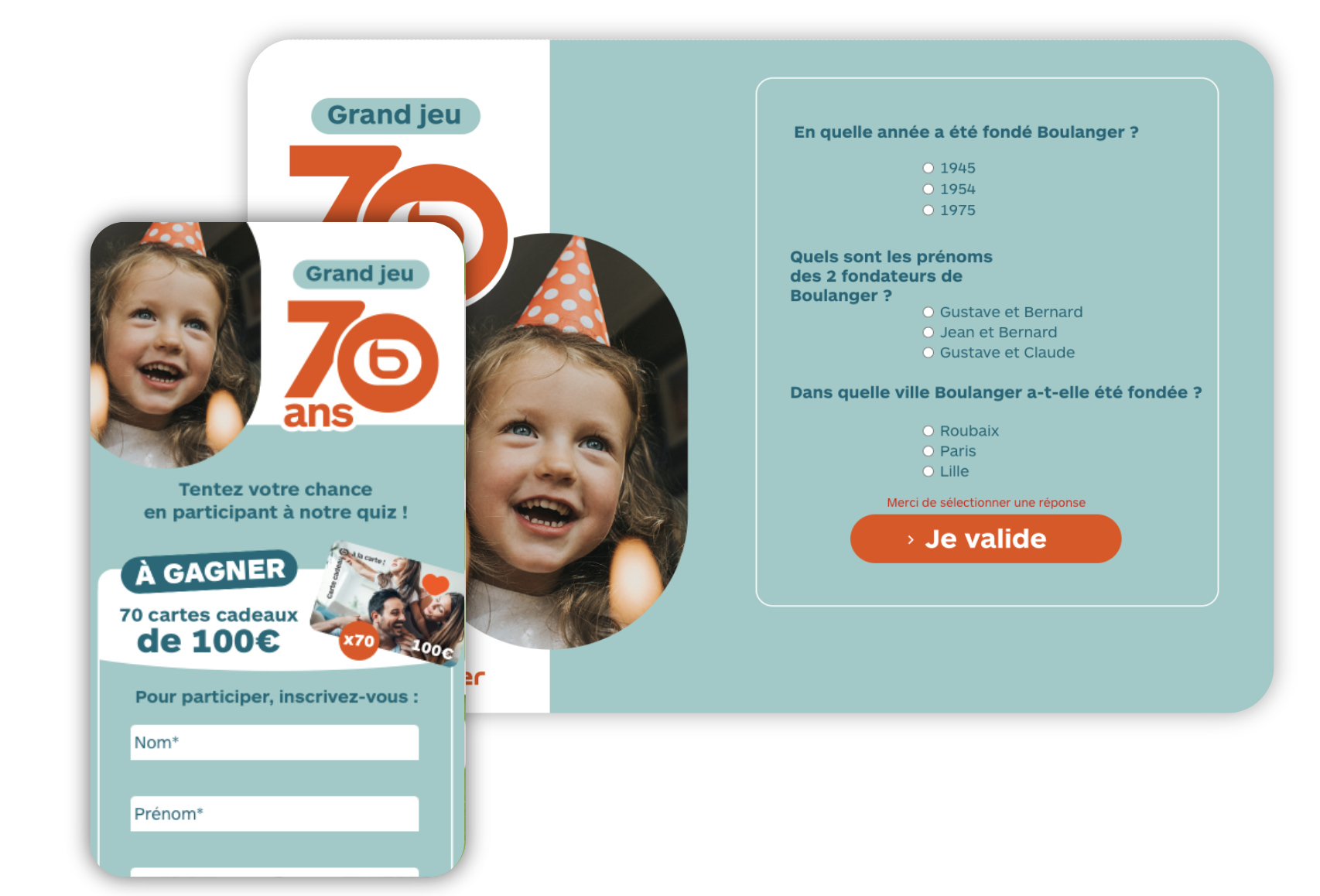

Showcase your products and promote your offer
Quizzes can be a format for sharing information about your offering. Questions can highlight the features of a product or service.
Example: Savencia promoted its 2 brands Giovanni Ferrari (mozzarella) and Islos (Feta) during the summer with this Mediterranean-colored quiz. This gamified activation campaign raised product visibility, generating over 150k visits to product pages.

Generate leads with a digital quiz
Quizzes enable you to increase interaction with your target audience, gathering information about their needs and preferences. It’s a great tool for refining customer knowledge and improving the conversion rate of future retargeting campaigns.
Example: Total uses games as a lever to get to know its reactive customers and prospects. Sent to a targeted part of its CRM base, the Quiz created by the company promoted its offer in an educational way, and identified intentionalists likely to become customers. Thanks to questions about their intentions, Total was able to recruit qualified leads to retarget, maximizing conversion (with an estimated final pipe of €42k per year).
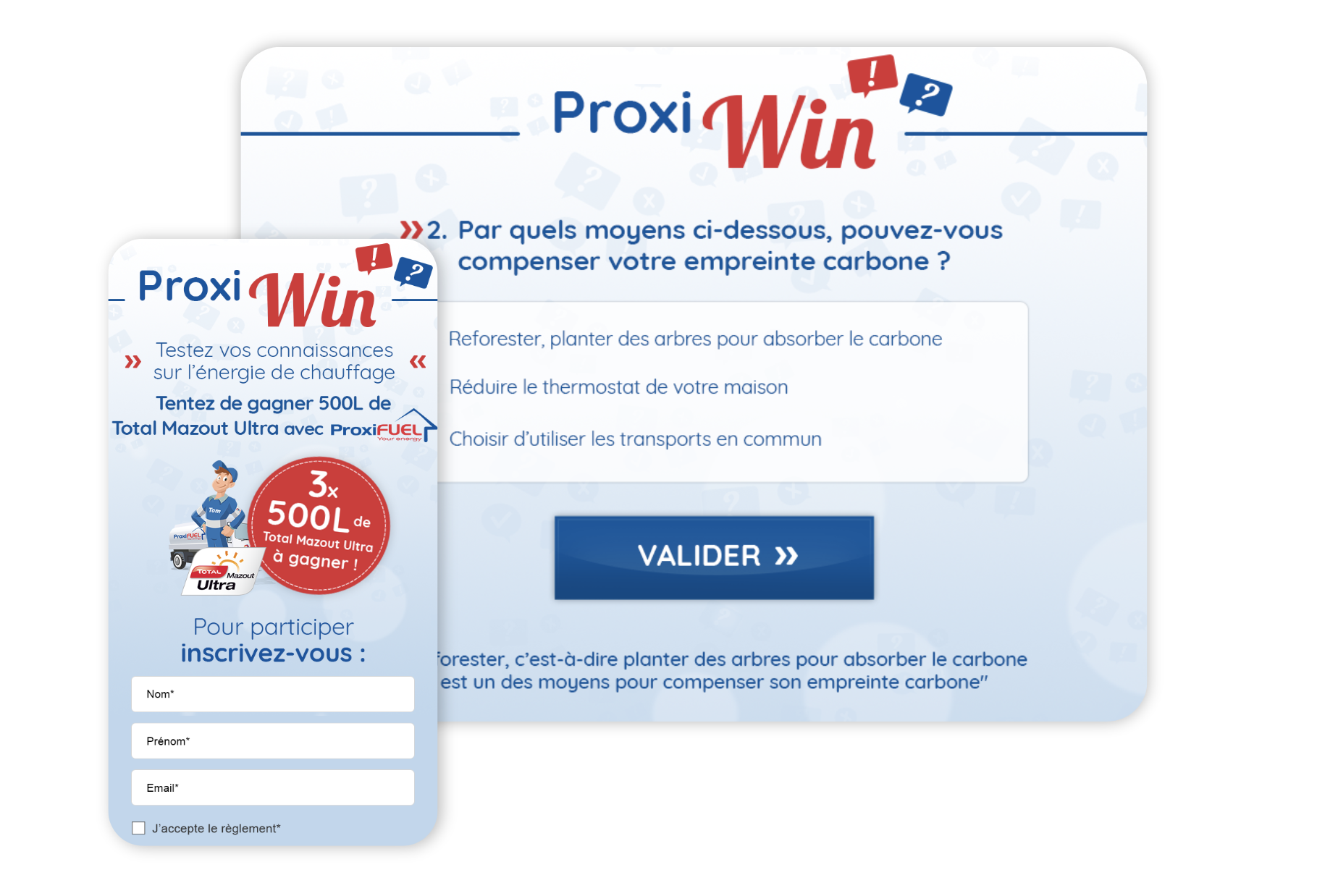
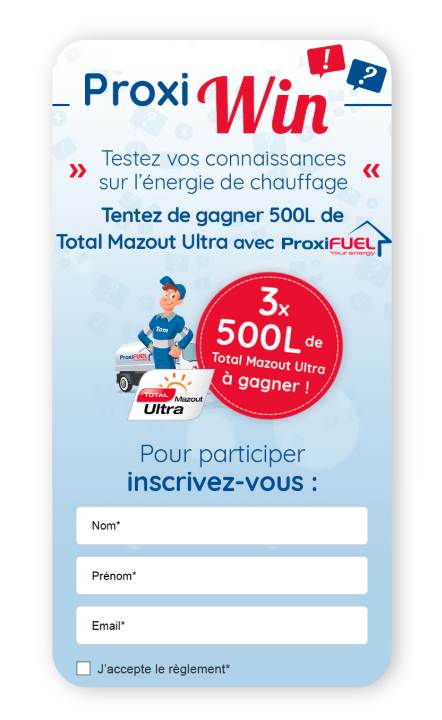
Boost conversion and generate opt-ins by sharing an online quiz
By sharing purchase incentives at the end of the journey, the brand can boost its conversion rate on the offers highlighted in its Quiz. It can take advantage of this fun format to generate opt-ins and consolidate its customer base.
Example: Ma Gare +’s back-to-school operation was designed to stimulate account creation and opt-in collection, while qualifying inbound leads. The campaign met with good audience engagement, with over a minute spent per session. Media coverage via Adictiz Ads played a role in generating opt-ins linked to account creations.

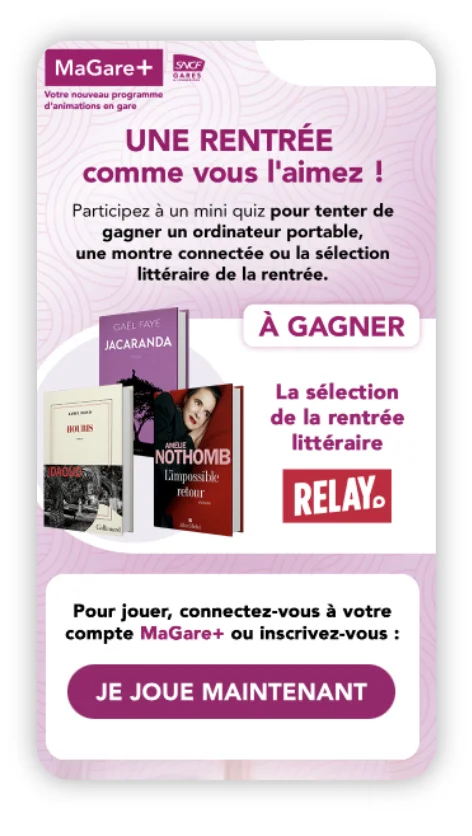
5 steps to create an online quiz
To effectively engage your audience, you need to create a Quiz that will make users want to complete the game all the way to the end. Here are the steps for designing an online quiz:
- Customize the Quiz graphics so that the format is consistent with your brand’s universe;
- Create a game path relevant to your audience and business objectives. The classic course includes 3 questions, a thank-you page and a “prize draw” function.
- Configure the mechanics to choose participation modes, add a function and display results.
- Fill in the Quiz content with question titles, answer types and results display.
- Preview and test the Quiz (on desktop and mobile) before publishing your campaign and distributing it widely to your audience (via a social ads or emailing campaign).
Conclusion
The Quiz is a versatile format, adaptable to your company’s marketing opportunities and strategic objectives. You can use it as a lever to reinforce your branding, showcase your catalog or generate sales. Create your interactive Quiz with Adictiz today!




